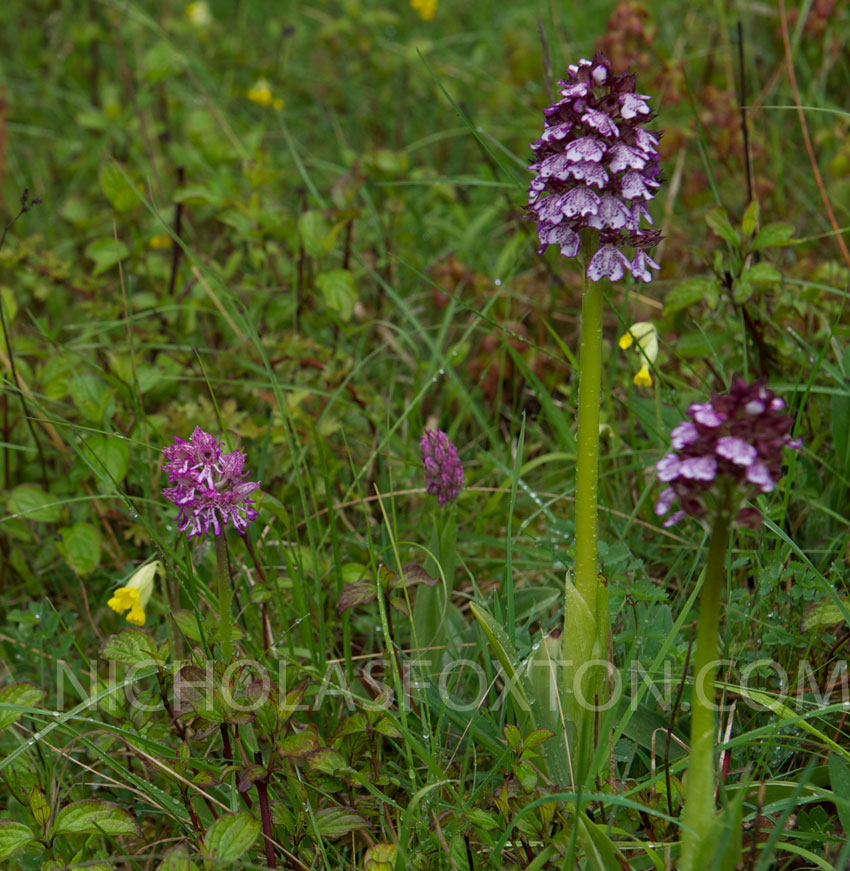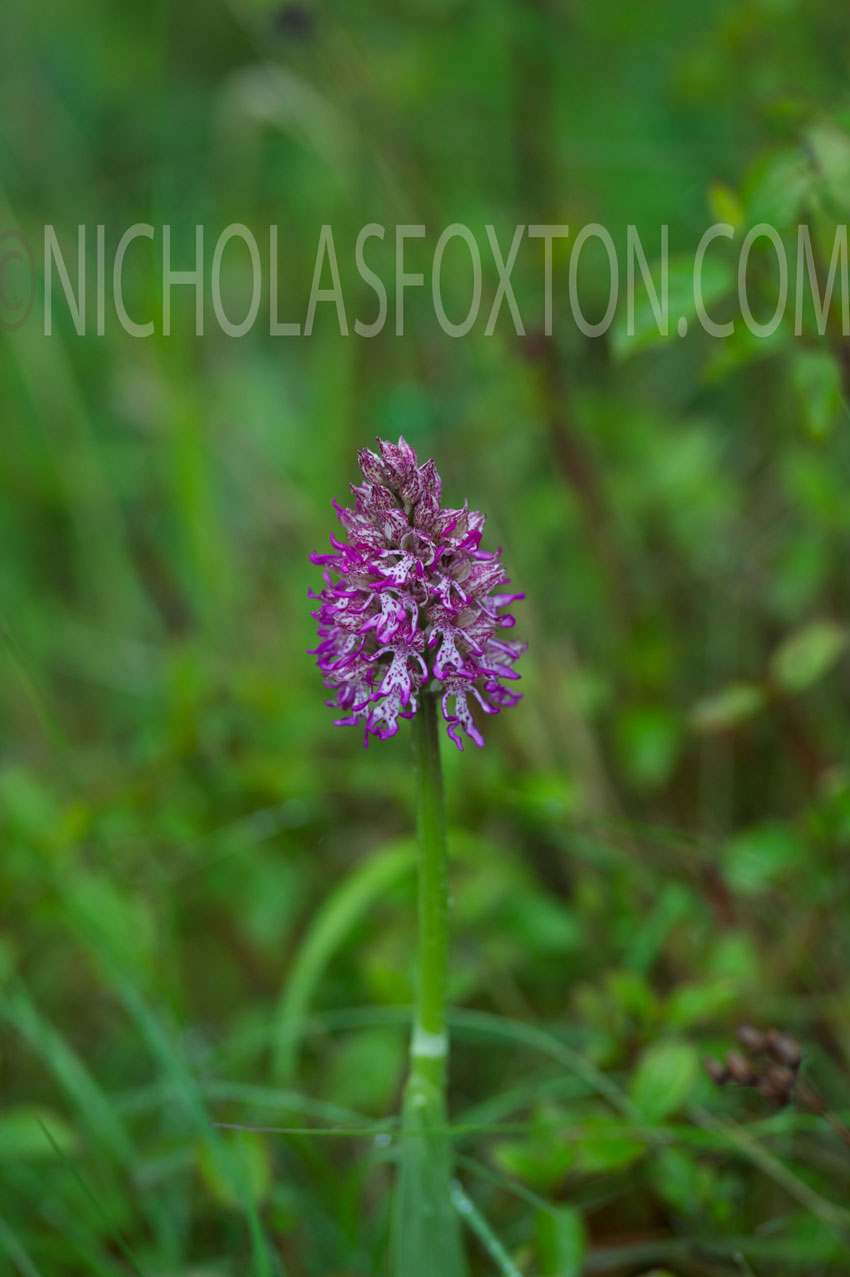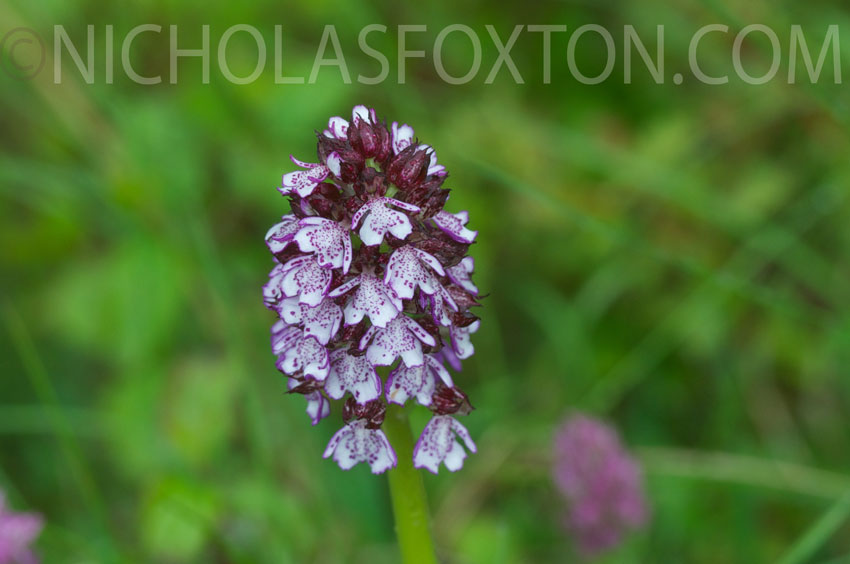Orchids are mysterious; being both rare and beautiful and it is easy to see why they can become the target of obsessive attention. That palimpsestuous oddity The Orchid Thief being a case study in the strange pathology that seems to get some human beings when they are confronted with the Orchid family. If you recall that the family name Orchidaceae is derived from the Greek word for testicles (orchis) which is what the tubers of some of the species look like you will note that there is plenty rich and strange about them. By way of example the eminent Victorian art critic John Ruskin, was apparently so shocked when he heard the derivation of the name that he proposed the alternative name ‘wreathworts’ . Ruskin’s ability to be shocked by natural phenomena was legendary, there is a rumour that the sight of his wife’s pubic hair on his wedding night shocked him into sexual abstinence. His predecessors were much more matter of fact about matters of the lower body. John Gerard the Sixteenth Century herbalist based his classification of the orchids on the resemblance of the tubers to mammalian testicles. In this he was following the Classical author Discorides whose classification he rejects as insufficiently complex.
‘Bicause there be many and sundrie other sorts differing one from another, Isee not how they may be contained under these two kinds only.Therfore I have thought good to devide them as follows… Dogs Stones, Fooles Stones, Gotes Stones, Serapias or Satyrion Stones, Swete Smelling Stones or Dwarffe Stones’.
So the Military Orchid is known as Soldiers Cullions. The precise details of many of their life cycles are only just being unravelled.
There are 56 species of orchid in the British Isles and many of them are at the edge of their European ranges. The two species that I saw yesterday I identified as the Lady Orchid and the Monkey Orchid which are both members of the Genus Orchis. Photos here to show the ‘distinct’ differences between them.
I identified these as a Monkey Orchid on the left and a Lady Orchid on the right. I was wrong ! Thanks to Chris Raper, warden at Hartslock for confirming that the spike on the left is a hybrid of Lady & Monkey Orchid or Lonkey as they are known ! Here are two more photos of the two species.
The resemblance to a monkey is not exact especially as this is a hybrid with the lady which has much larger and wider ‘legs’.
This is named for its resemblance to a human figure with bonnet and large skirt !The Lady Orchid at this site (which appeared only in 1998) have been identified as of European origin which suggests that they were introduced deliberately or arrived on the wind (the seeds are very light). The ‘pure’ Monkey Orchids at this site are not yet flowering but I will post a photograph to illustrate the difference.
There has been some anxiety that the hybrids are more vigorous than the smaller and less sturdy Monkey orchids and that they might crowd out the native population. Given the scarcity of the species which is only found at two other sites in the UK (both in Kent and one of which is an introduction) such concerns are understandable, but would presumably lead to a kind of botanical cleansing of the ‘hybrid interloper’, not an attractive thought. However Chris Raper has a more measured and optimistic view suggesting that ‘the three species grew all along the south Chilterns in the past with the Monkey orchid favouring the western end, Military favouring the eastern end and Lady scattered amongst them. They probably hybridised much more frequently and the resulting plants were harder to split into 3 distinct species. Far from being a problem, these hybrids might actually be returning the population to a more natural state where occasional mixing of genes between the species was normal’. (http://hartslock.org.uk/blog/?page_id=99).



Seen a Mary orchid?